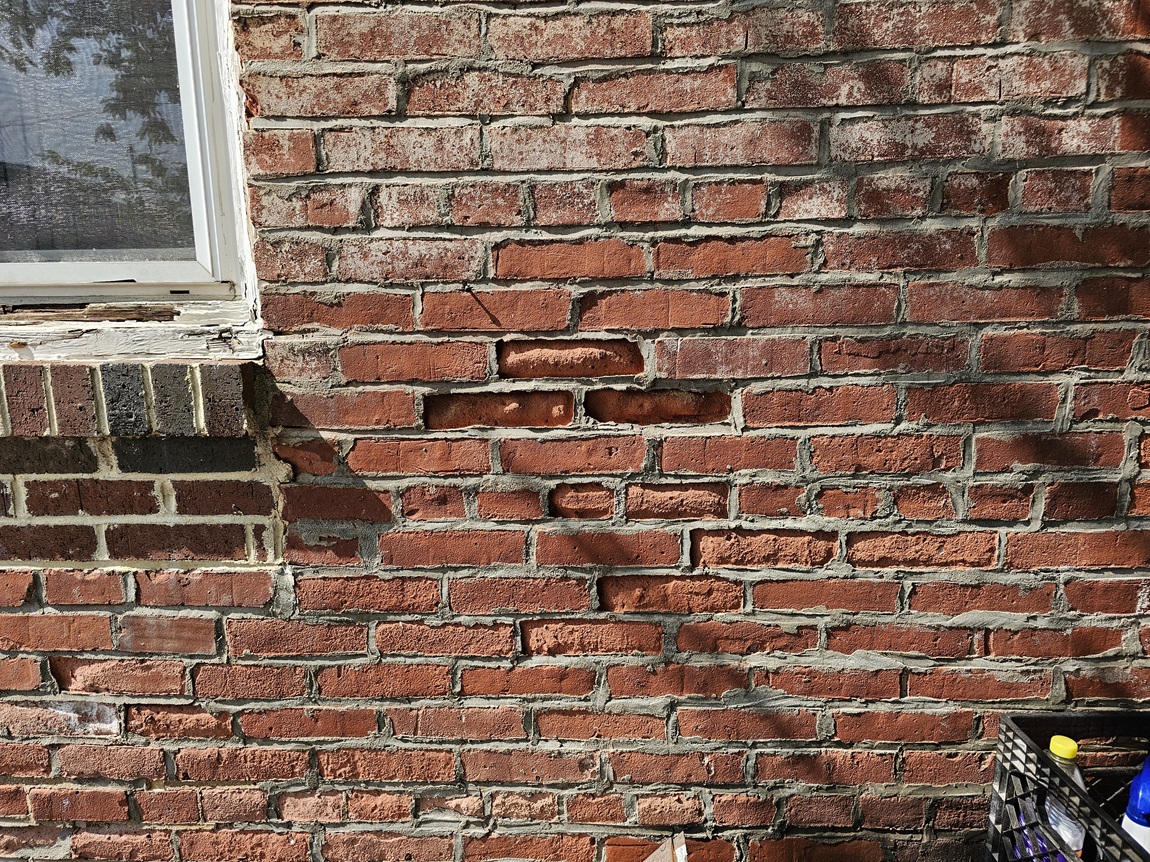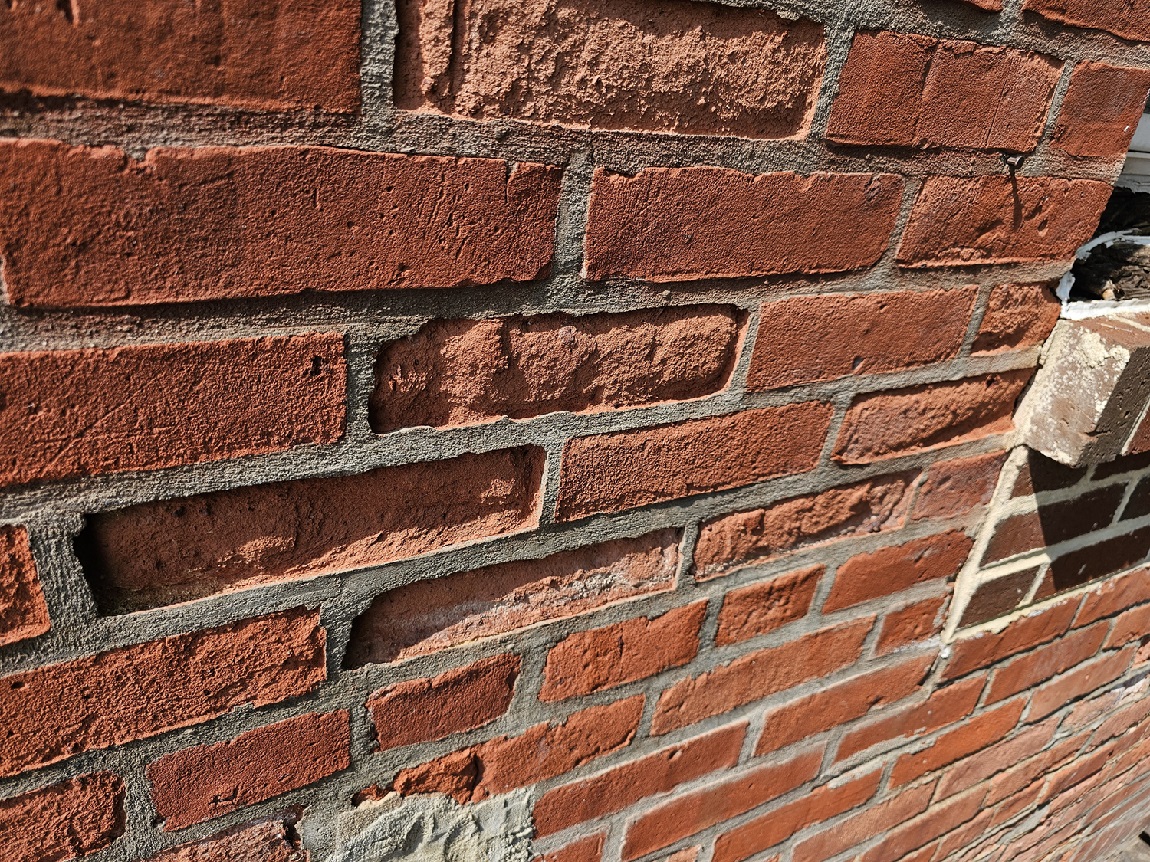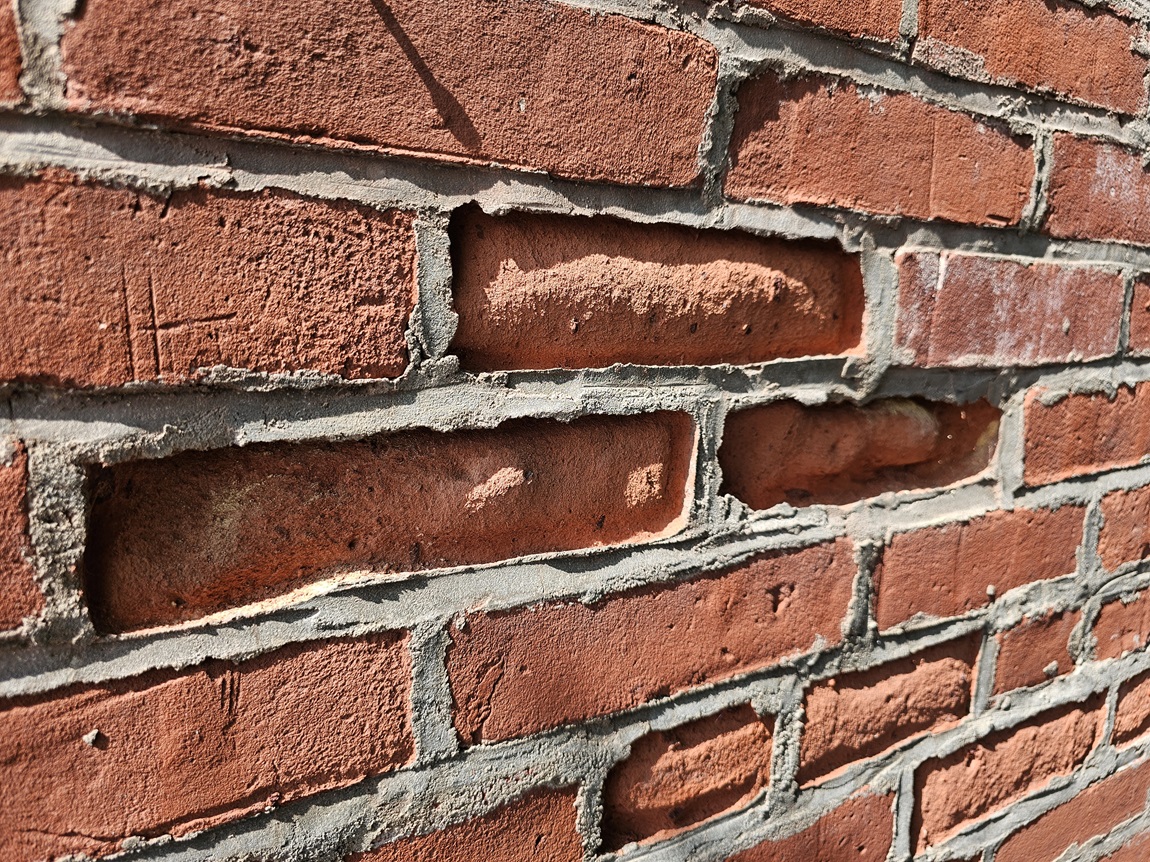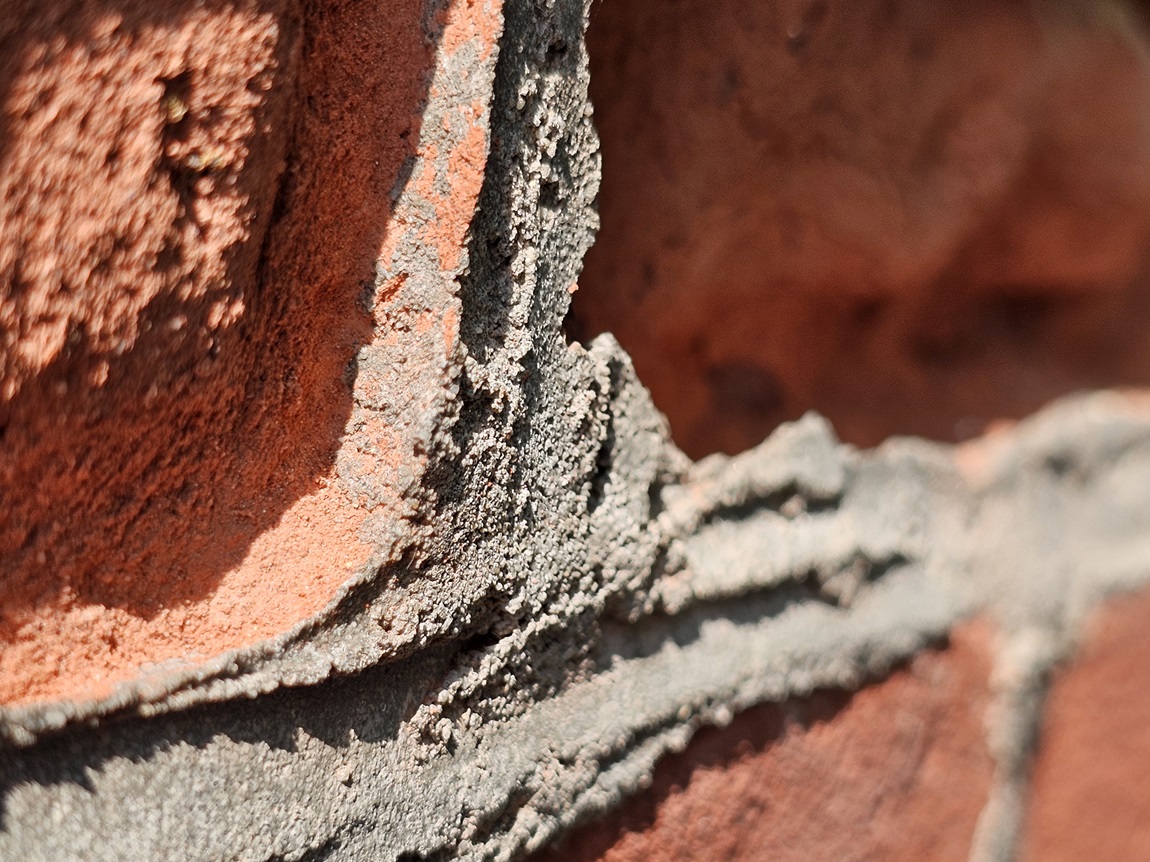If you have read our blog much in the past, you may already be fully aware that historic bricks are relatively soft, especially compared to modern bricks. The soft and comparatively low compressive strength resistant historic bricks are not necessarily bad or wrong, they’re just softer than modern bricks for a variety of reasons.

The composition and manufacturing process of historic bricks contribute to their softer nature and lower compressive strength compared to modern bricks. We should be careful how we explain this concept though because it would be inaccurate for us to say or imply that there was just one specific methodology or way of making bricks and mortar in historic times. Back a hundred years ago, and prior to that, bricks and mortar were made in a very fragmented and granular sort of way, because the industry was broken up into many numerous manufacturers and mills which created bricks and mortar. There were a few concentrated specific sites of large brickyards and mortar kilns areas here in Washington DC. One well known example was a specifically large brick kiln area in what is today the National Arboretum, for example. Overall though, there were many numerous organizations and groups of people who were creating brick and mortar for historic construction. In fact, in some cases, in the earliest parts of the Washington DC brick construction, the bricks were actually fired very close to the buildings themselves in what were, by today’s standards and scale, very small batches.
The picture below shows the vertical facade of a wall that was rep reported in recent years with incorrect modern mortar. The brick is historic, and modern mortar should have not been used to repoint historic brick.

Historic bricks, typically produced before the early 20th century, were often made from local clay sources, very local in fact because clay was heavy and hard to transport without modern gas and diesel powered trucks. Those small scale kilns fired bricks in wood-burning kilns. These kilns lacked the precise temperature control of modern facilities, resulting in inconsistent firing temperatures. Consequently, due to great variation, not just between batches but even within a particular batch, the chemical reactions within the clay that contribute to the brick’s strength and durability were often incomplete or varied throughout the kiln. This variability led to a range of strengths and densities within a single batch of bricks, with many being softer than their modern counterparts. Additionally, the local clay sources used in historic brick production often contained a higher proportion of impurities and a different mineral composition compared to the carefully selected and processed clay used in modern brick manufacturing. These factors combined to produce bricks with lower overall strength and higher porosity.
The next picture below shows spalled faces of individual bricks where the hard mortar caused the bricks to break at the surface.

Modern bricks, in contrast, benefit from advances in material science and production methodologies, kiln technology, and quality control processes such as culling and substrate material filtering. Just to clarify and explain, it wasn’t that historic brick manufacturers were unaware that filtering substrate materials was necessary and important, but they didn’t have the heavy fuel and electrical powered hydraulic machinery that we have today. The substrate materials of bricks, largely clay, was so heavy that even using horses and oxen, it was extremely burdensome just to lift the material up through equipment that could be used to filter the earthen substrate materials.

Contemporary brick manufacturers use precisely formulated clay mixtures, often incorporating additives to enhance strength and durability. These mixtures are fired in computer-controlled kilns that maintain optimal temperatures throughout the firing process, resulting in more consistent and complete chemical reactions within the clay. This results in bricks with higher density, lower porosity, and significantly higher compressive strength. Modern bricks typically achieve compressive strengths ranging from 3,000 to 15,000 psi (pounds per square inch), while historic bricks often fall in the range of 800 to 1,200 psi. This range of pressure resistance or strength coefficient specifically applies to the common bricks which constitute the majority of the structural walls in the historic buildings of Washington DC. It’s important to note that this difference in strength does not necessarily indicate inferiority in historic bricks, as they have proven their durability over centuries when used in appropriate contexts and maintained properly. It all basically comes down to compatibility, in modern restoration.
Here on our blog, in the coming week, we’ll continue looking at the compatibility issues and differences between historic and modern brick and historic versus modern motors.
If you are looking for a masonry restoration contractor that takes historic preservation seriously, reach out to us. Our company can help.
You can reach us by telephone at (202) 796-7644 and you can reach us by email from the contact form on our website at https://duponttuckpointingmasonrydc.com/contact-us/.




